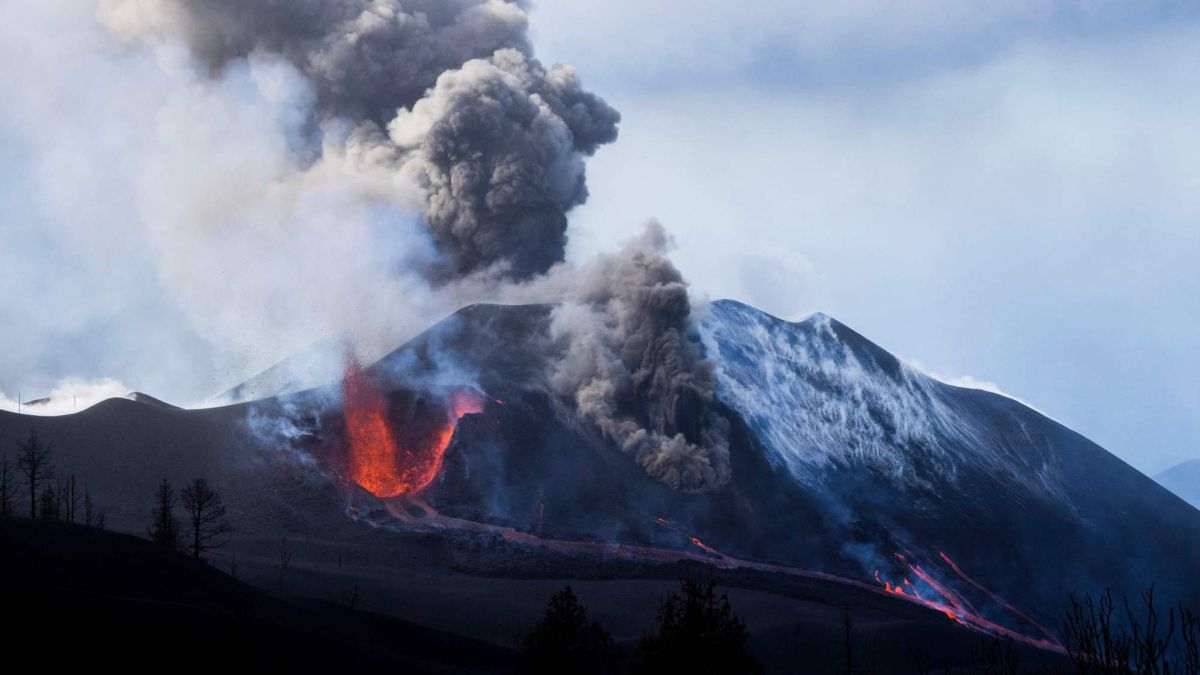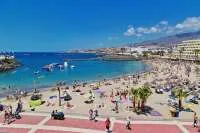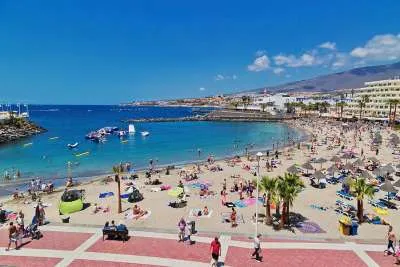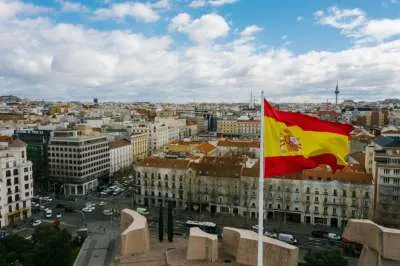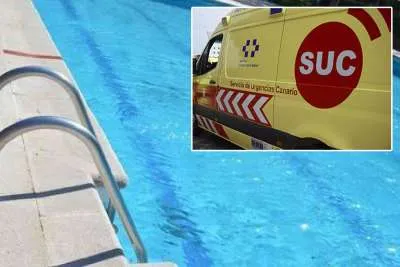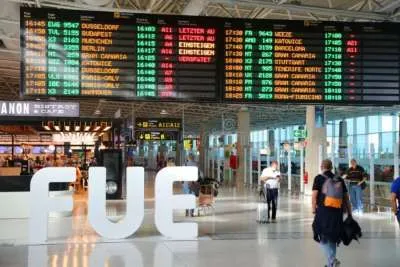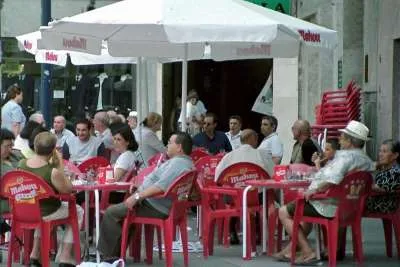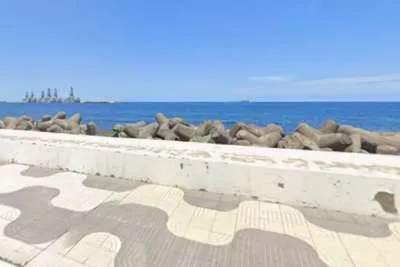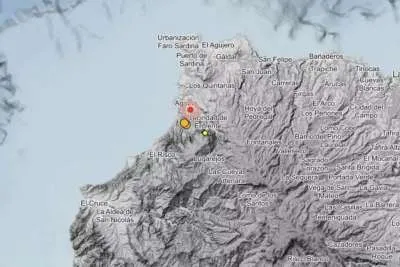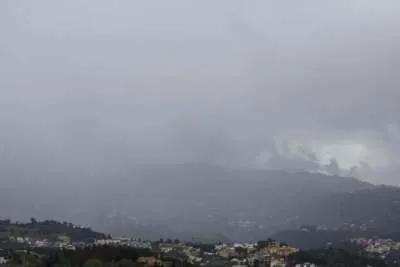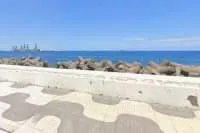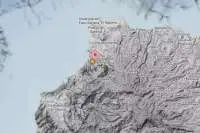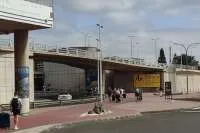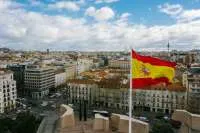La Palma: One of the lava flows destroys 60 more buildings in just 36 hours
- 08-12-2021
- National
- Canarian Weekly
It is now 80 days since the volcano erupted in La Palma on September 19th, and it continues to erupt with no apparent intention of stopping. The new lava flow that emerged to the west of the Cogote Mountain, which has gone down the cliff in Las Hoyas and is spilling over the flat part of the island, has destroyed 60 buildings in just 36 hours, as revealed by Pevolca in a press conference yesterday afternoon.
The largest amount of lava is running through tubes that flow through the central area, but the bulk of the energy is diverted to the southwest and is filling in the gap between flows 9 and 11, which is where is it is destroying previously untouched buildings.
Pevolca confirmed that the area affected by lava has increased by 27 hectares, to 1,182 (2,900 acres), with a maximum width of 3,350 metres (over 2 miles), and more than 48 hectares of lava deltas, new land in the sea.
According to the information provided by the Copernicus satellite system, which is monitoring the damage, 2,881 buildings have been totally destroyed by lava, and 158 have been severely damaged.
Pevolca updated that several emission points are active in the central and southeastern part of the main cone, with sporadic pulses of strombolian activity and ash emission. The cracks and fractures observed in previous days, in the upper part of the secondary cone, have not shown any relevant changes or modifications.
The volcanic tremor remains low and just as stable. The permanent network of GNSS stations does not show a clear trend in deformation of the land in the areas near the eruptive centres, according to the National Geographic Institute (IGN).
Likewise, seismicity remains low in the central area of Cumbre Vieja and most earthquakes are located at depths between 10 and 15 kilometres. Two shallow earthquakes have been recorded in the area near the volcano, one of which had a magnitude of 3.4, at 2:32 this morning at a depth of 13 kilometers under the municipality of Fuencaliente.
Pevolca have also indicated that the height of the ash cloud yesterday was 3,000 meters going to the northeast, and the volcano’s cone is now 1,123 metres above sea level.
Other articles that may interest you...
Trending
Most Read Articles
Featured Videos
A Vision of Elvis Tenerife Promo
- 10-05-2025
Tenerife Travel Guide
- 13-12-2024
Live webcam from Lanzarote airport
- 13-12-2024


